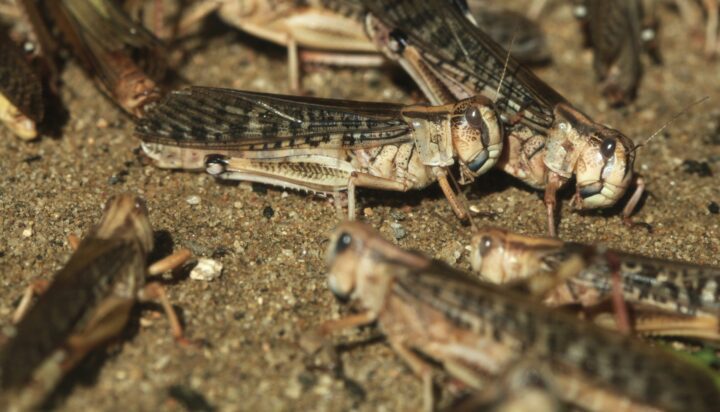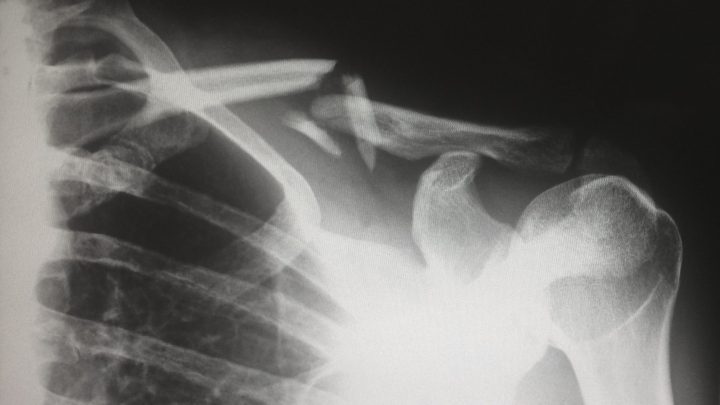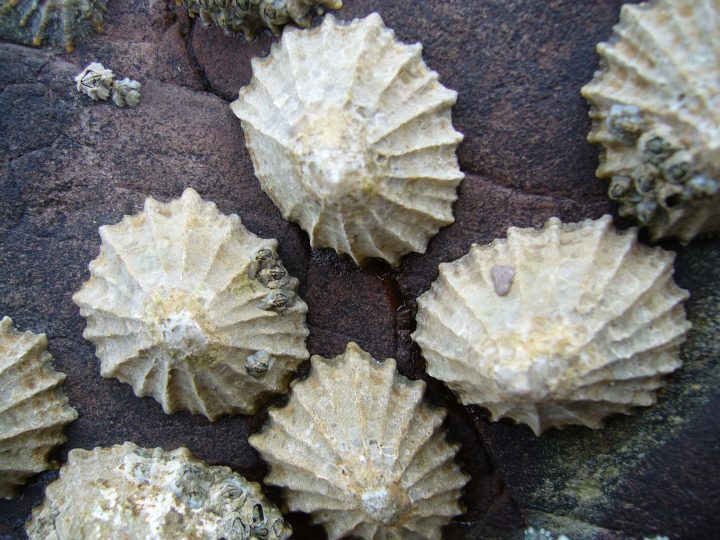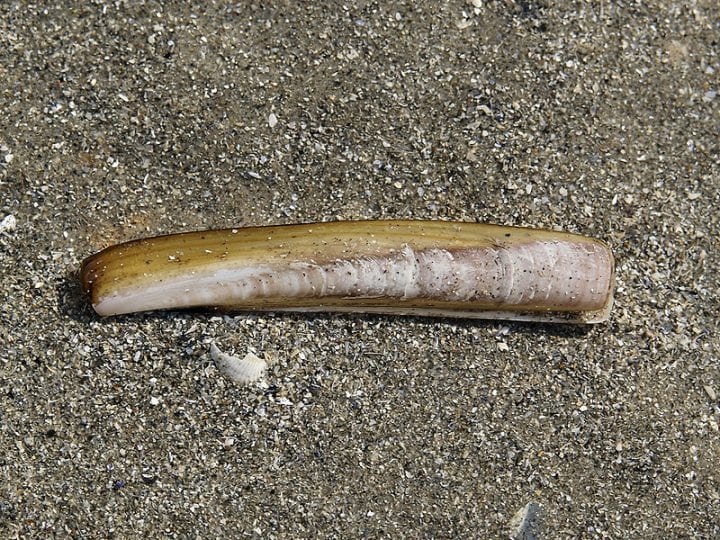Birds evaluate external threats, their previous success, and the success of others in determining where and how to build their nests.
Introduction
What do you think is happening inside a bird’s head when it builds a nest? Do you think it’s a mindless, automatic process, as innate as a baby learning to crawl? Or do you think it’s a more intentional, thoughtful process of experimentation and learning? Recent evidence is strongly pointing to the latter scenario, with implications for how humans attempt to teach machines, programs, and themselves to carry out any complex activity.
The Strategy
Take, for starters, the process of selecting the perfect nest location. Birds of the same species tend to build their nests in similar types of locations, so for a long time scientists assumed that this behavior was genetically determined. However, studies have shown that nest site selection changes greatly depending on a number of factors such as weather, encounters with predators, past success, and what other birds in the area are doing.
In one study, when cold weather set in, pinyon jays in northern Arizona began building their nests in higher, more exposed locations, where the increased sunlight both kept the mother warm and helped melt snow around the nest. However, 25% of pinyon jays then stopped building nests in exposed sites after multiple encounters with predators.
Many species, like kittiwakes and piping plovers, will adjust their nesting sites year to year based on their own reproductive success. If a bird fails to produce young that survive to the fledgling stage, the following year it will build a nest much farther away, whereas a successful bird will stay in roughly the same area.
Even more interestingly, birds who fail to breed will peek at their neighbors’ nests to help them decide where to build next. A study showed that piping plovers with unsuccessful neighbors chose sites 34 times further away the following year compared to birds with successful neighbors.
Once a site is selected, the building of the nest begins and involves an equally complex decision-making process. The color, size, and sturdiness of chosen building materials can all be influenced by a bird’s experience and observations. In one fascinating study, zebra finches were forced to build a nest with material of a color they did not prefer. If they went on to raise chicks successfully, the following year they chose to build their nest out of that same color material, despite having other initially-preferred colors at their disposal.
Another study focused on the stiffness of materials chosen. Zebra finches were given time to build a nest first with flexible string, and then with stiffer string. The birds had to use far fewer stiff pieces of string to build a satisfactory nest compared to when using the flexible pieces; subsequently, they showed a clear preference for the stiffer string.
The Potential
Such research makes a strong case for nest-building as a carefully considered and constantly adapting endeavor, rather than a purely inherited, mechanical behavior. As humans seek to adapt fundamental processes in construction and other areas to changing conditions, there is much to learn from and admire about the methods birds have employed to be so successful. And it begs the question: how did we learn to build in the first place?














